Can Diabetics Eat Cream of Wheat?

Managing diabetes effectively involves careful monitoring of diet, especially carbohydrate intake. Many people with diabetes wonder if they can enjoy certain foods, like Cream of Wheat, without negatively impacting their blood sugar levels. This article delves into whether Cream of Wheat is a suitable option for diabetics and explores other cereal alternatives. Understanding Cream of Wheat Cream of Wheat is a popular hot cereal made from ground wheat semolina. It is often enriched with vitamins and minerals, making it a nutritious option for many. However, its suitability for diabetics depends on various factors such as its glycemic index, fiber content, and overall nutritional profile. Nutritional Profile and Glycemic Index Is Cream of Wheat High in Fiber? Fiber is crucial for diabetics as it slows down the absorption of sugars, helping to control blood sugar levels. Unfortunately, Cream of Wheat is not particularly high in fiber compared to other whole-grain cereals. This might make it less ideal for diabetics who need to manage their carbohydrate intake carefully. Cream of Wheat Glycemic Index The glycemic index (GI) measures how quickly a food raises blood sugar levels. Foods with a high GI can cause rapid spikes in blood sugar, which is problematic for diabetics. Cream of Wheat has a moderate to high glycemic index, meaning it can cause a quicker rise in blood sugar compared to low-GI foods. This is a crucial consideration for those managing diabetes. Can Diabetics Eat Cream of Wheat? Given its moderate to high GI and lower fiber content, diabetics need to be cautious when consuming Cream of Wheat. However, it doesn’t mean it’s completely off-limits. Portion control and combining it with high-fiber, low-GI foods can help mitigate blood sugar spikes. For instance, adding nuts, seeds, or a small amount of fruit can increase the fiber content and slow down sugar absorption. What Cereal Can Diabetics Eat? If you’re looking for better cereal options, consider the following: Cereals for Diabetics Is Cream of Wheat Good for Diabetics? While Cream of Wheat can be part of a diabetic-friendly diet, it’s essential to balance it with other low-GI, high-fiber foods. Always monitor your blood sugar levels after consuming it to understand how it affects your body specifically. Practical Tips for Diabetics Conclusion Cream of Wheat can be enjoyed by diabetics if consumed in moderation and paired with high-fiber foods. Understanding its glycemic index and fiber content helps in making informed dietary choices. For those seeking more suitable alternatives, oatmeal and bran flakes are excellent options. Always consult with your healthcare provider to tailor your diet to your specific health needs. Key Takeaways By making informed choices, diabetics can enjoy a varied and satisfying diet while managing their blood sugar levels effectively.
Can Diabetics Eat Grits?

Grits, a popular staple in Southern cuisine, are often enjoyed as a comforting breakfast or side dish. However, for diabetics, it’s essential to understand how grits affect blood sugar levels and whether they can fit into a diabetes-friendly diet. This article explores the nutritional aspects of grits and offers guidance on how diabetics can enjoy them while managing their condition. Understanding Grits and Their Nutritional Profile Grits are made from ground corn and can be prepared in various ways. They are primarily a carbohydrate source, which means they can impact blood sugar levels. Do Grits Have Carbs? Yes, grits are high in carbohydrates. A typical serving of grits (one cup cooked) contains about 38 grams of carbs. This is a significant amount, and diabetics must account for these carbs when planning their meals. Grits Glycemic Index The glycemic index (GI) measures how quickly foods raise blood sugar levels. Grits have a moderate to high glycemic index, which means they can cause a rapid increase in blood sugar. The exact GI can vary depending on how the grits are processed and prepared. Are Grits Good for Diabetics? Are grits good for diabetics? The answer isn’t straightforward. While grits are high in carbs, they can still be part of a balanced diet if consumed in moderation and paired with other low-GI foods. Adding protein or healthy fats can help slow down the absorption of carbs, leading to more stable blood sugar levels. Are Grits Bad for Diabetics? Are grits bad for diabetics? They aren’t inherently bad, but portion control is critical. Large portions can lead to spikes in blood sugar. It’s important to monitor blood sugar levels after eating grits to understand how they affect your body. Tips for Including Grits in a Diabetic Diet Grits vs. Other Carbohydrates Can Diabetics Eat Popcorn? Can diabetics eat popcorn? Yes, popcorn can be a better snack option for diabetics compared to grits, due to its lower carb content and higher fiber. However, plain, air-popped popcorn is the best choice. Avoid buttered or flavored varieties that can contain added sugars and fats. Does Popcorn Raise Blood Sugar? Does popcorn raise blood sugar? Popcorn has a lower glycemic index than grits, which means it has a more gradual effect on blood sugar levels. However, it’s still important to eat it in moderation. Practical Meal Ideas Here are a few ideas on how to include grits in a diabetes-friendly diet: Conclusion Can a diabetic eat grits? Yes, but with caution. Understanding how grits affect blood sugar and incorporating them wisely into your diet can allow you to enjoy them without compromising your health. Always monitor your blood sugar levels and consult with a healthcare provider to tailor dietary choices to your individual needs. Key Takeaways By making informed choices, diabetics can enjoy a varied and satisfying diet that includes their favorite foods like grits.
Why Berries are Superfoods for Diabetes?
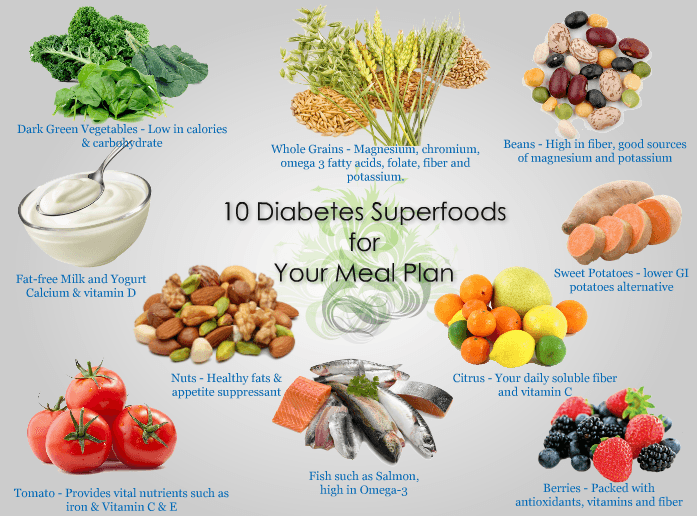
Berries are often celebrated as superfoods, particularly for individuals managing diabetes. Packed with essential nutrients and antioxidants, berries offer numerous health benefits that can support overall well-being and help in managing blood sugar levels effectively. Nutritional Powerhouse: Why Berries Shine Berries are low in calories yet rich in vitamins, minerals, and fiber. They provide a significant dose of antioxidants, which help combat oxidative stress—a factor linked to diabetes complications. Moreover, the high fiber content in berries helps slow down the absorption of sugar, preventing spikes in blood sugar levels. The Role of Antioxidants Berries contain potent antioxidants like anthocyanins, which have been shown to improve insulin sensitivity and reduce the risk of type 2 diabetes. These antioxidants also help reduce inflammation, another key player in diabetes management. Berries vs. Other Diabetic-Friendly Foods While berries are exceptional, they are not the only superfoods beneficial for diabetics. Foods that start with K, like kale and kiwi, are also packed with nutrients. Similarly, oats are another superfood often questioned: “is oatmeal good for diabetics?” The answer is yes, as oatmeal is high in fiber and helps maintain steady blood sugar levels. Combining Berries with Other Superfoods Incorporating berries into your diet alongside other superfoods can enhance their benefits. For instance, pairing berries with the best yogurt—low in sugar and high in protein—creates a nutritious, diabetic-friendly snack. Additionally, adding berries to a bowl of the healthiest beans or a smoothie with the best greens supplement can provide a balanced meal packed with essential nutrients. Snack Smart with Berries For those looking for diabetic friendly snacks, berries are an excellent choice. They can be eaten alone, mixed into the best cereal for diabetics, or added to a variety of dishes. This versatility makes them a convenient and tasty option for maintaining healthy blood sugar levels. Berries in a Balanced Diet While berries are fantastic, it’s crucial to maintain a balanced diet. This includes ensuring adequate potassium intake—something that can be supplemented with the best potassium supplement if necessary—and incorporating a variety of nutrient-dense foods. Also, consider the best vitamin brands to fill any nutritional gaps. A Holistic Approach to Diabetes Management Managing diabetes involves more than just diet. It’s about a holistic approach that includes regular exercise, monitoring blood sugar levels, and staying informed about the condition. Understanding that berries are superfoods for diabetes is just one piece of the puzzle. Conclusion Berries stand out as superfoods due to their rich nutrient profile and their ability to help manage blood sugar levels. Including them in a diet alongside other superfoods like oatmeal, healthy beans, and the best greens supplement can provide comprehensive nutritional benefits. Always consult with healthcare providers to tailor dietary choices to individual health needs, and remember that managing diabetes is about balance and informed choices. For more insights on diabetes management and superfoods, stay tuned to Insulin Review, your trusted source for scientifically-backed information on diabetes and overall health. Additional Articles You Might Like: Stay healthy and informed with Insulin Review, where science meets your wellness journey as well as interesting reviews on Canadian insulin.
Fast-Food Restaurants That Are Safe for Diabetics
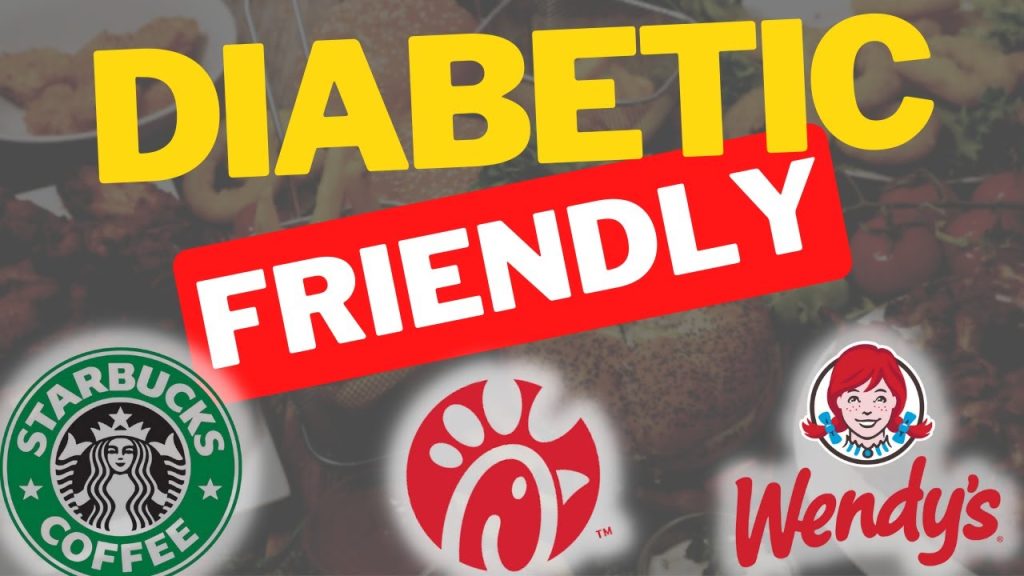
Navigating the world of fast food can be challenging for diabetics, but it’s not impossible. Many fast-food restaurants now offer diabetic-friendly options that make it easier to maintain blood sugar levels while on the go. This article explores some of the best fast food for diabetics, offering practical advice on how to make healthier choices at popular chains. Diabetic Friendly Fast Food Options McDonald’s What can a diabetic eat at McDonald’s? McDonald’s offers several options that can fit into a diabetic diet. Opt for a grilled chicken sandwich without the bun, or a salad with grilled chicken. Avoid sugary drinks and fries, and opt for water or a diet soda instead. Taco Bell Taco Bell for diabetics Taco Bell can be a good choice with some modifications. Choose items like the Power Menu Bowl with chicken or steak, but ask for no rice and beans to reduce the carb count. The Fresco-style soft tacos with chicken or beef are also a lower-carb option. Subway Best fast food for diabetes Subway offers a variety of salads and bowls that can be customized to fit a diabetic diet. Load up on non-starchy vegetables, lean proteins like turkey or chicken, and avoid high-carb ingredients like bread and sugary dressings. Best Restaurants for Diabetics Chipotle Chipotle’s customizable menu allows for plenty of diabetic-friendly choices. Opt for a salad bowl with lots of greens, fajita vegetables, and a protein source like chicken or steak. Skip the rice and beans to keep the carb count low. Chick-fil-A Chick-fil-A offers grilled chicken nuggets, which are a great low-carb option. Pair them with a side salad or a fruit cup instead of fries. The Grilled Chicken Sandwich can also be a good choice if you skip the bun. Specific Foods to Consider Can Diabetics Eat Steak? Can diabetics eat steak? Yes, diabetics can eat steak, as it is a source of protein and has minimal carbs. However, be mindful of portion sizes and avoid high-fat cuts. Grilled or broiled steak is preferable over fried or heavily sauced versions. Can Diabetics Eat Pickles? Can diabetics eat pickles? Pickles can be a good low-carb snack for diabetics. They are low in calories and carbs, but watch out for the sodium content, as some pickles can be high in salt. Can Diabetics Eat Fried Chicken? Can diabetics eat fried chicken? Fried chicken is not the best option for diabetics due to the breading and frying process, which adds carbs and unhealthy fats. Opt for grilled chicken when available to reduce the impact on blood sugar levels. Diabetic Fast Food Choices Best Fast Food Lunch for Diabetics When choosing a fast food lunch, focus on grilled proteins, lots of vegetables, and minimal carbs. Salads with grilled chicken, lettuce-wrapped burgers, or protein-style sandwiches are all good options. Fast Food Options for Diabetics Other good options include: Restaurants for Diabetics Look for restaurants that offer customizable options, fresh ingredients, and low-carb choices. Avoid places known for high-carb, high-sugar foods, and always ask for nutritional information if available. Conclusion Finding diabetic-friendly fast food options is easier than ever with a bit of planning and knowledge. Choose grilled over fried, load up on vegetables, and avoid high-carb and sugary items to maintain blood sugar levels while enjoying a meal out. Key Takeaways By making mindful choices, diabetics can enjoy fast food without compromising their health. Always consult with your healthcare provider for personalized dietary advice.
Can Diabetics Eat Honey Nut Cheerios?
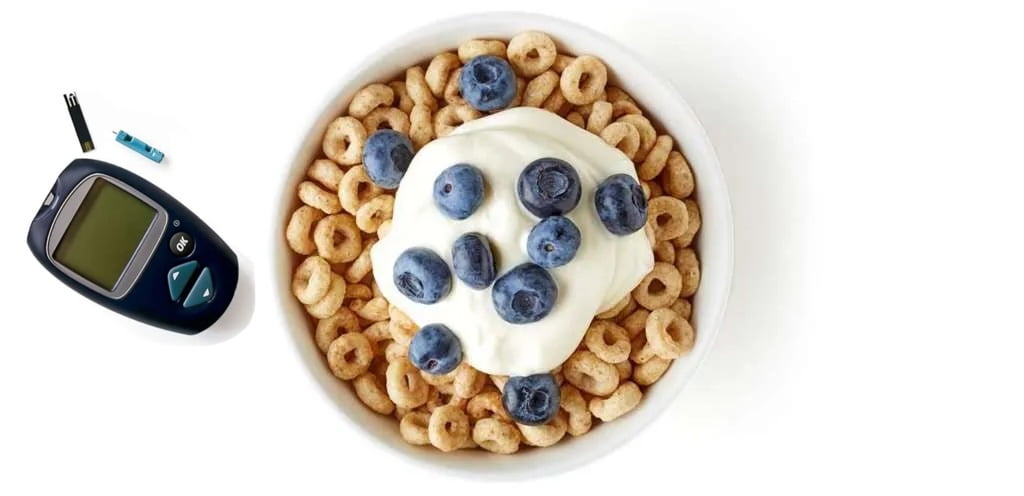
For individuals managing diabetes, diet plays a crucial role in maintaining stable blood sugar levels. A common question is whether certain popular breakfast cereals, like Honey Nut Cheerios, are suitable for diabetics. This article explores the impact of Honey Nut Cheerios and other Cheerios varieties on diabetes management, and offers insights on incorporating them into a diabetic diet. Are Cheerios Good for Diabetics? Cheerios, particularly the plain variety, are often recommended for people with diabetes due to their low sugar content and high fiber. They have a moderate glycemic index (GI) which means they have a relatively mild impact on blood sugar levels. Cheerios Glycemic Index The glycemic index of Cheerios is an important factor for diabetics. Plain Cheerios have a GI of about 74, which is moderate. This indicates that they do not cause a rapid spike in blood glucose levels, making them a relatively good choice for diabetics. Can Diabetics Eat Honey Nut Cheerios? Honey Nut Cheerios, however, present a different scenario. With added sugar and honey, their GI is higher, and they contain more carbohydrates than plain Cheerios. Is Honey Nut Cheerios Good for Diabetics? Alternatives: Best Cheerios for Diabetics Multigrain Cheerios can be a better alternative due to their blend of whole grains and lower sugar content compared to Honey Nut Cheerios. Are Multigrain Cheerios Good for Diabetics? Cheerios and Diabetes Incorporating Cheerios into a diabetic diet requires careful consideration: Can Diabetics Eat Nuts? Nuts are an excellent snack for diabetics due to their low carbohydrate content and high healthy fat and protein levels. They can be a great addition to a bowl of Cheerios to make the meal more balanced. Honey Nut Cheerios: Risk Assessment Are Honey Nut Cheerios Bad for You? How Much Honey Can a Diabetic Have? While honey has some health benefits, diabetics need to be cautious about their intake. The amount should be minimal and part of a carefully monitored diet plan. Key Takeaways For more detailed information and reviews on managing diabetes with various foods, visit InsulinReview’s comprehensive resources and expert articles.
Cantaloupe – Implications for Diabetes Management

Can a Diabetic Eat Cantaloupe? Exploring the Impact on Blood Sugar Levels One common query among individuals with diabetes is, “Can a diabetic eat cantaloupe?” The answer lies in understanding how cantaloupe affects blood sugar levels and its overall nutritional value for diabetes management. Cantaloupe is a delicious and refreshing fruit that is low in calories and rich in essential nutrients like vitamins A and C. However, its impact on blood sugar levels can vary, making it a topic of interest for individuals with diabetes. Is Cantaloupe Good for Diabetes? Understanding its Glycemic Index and Glycemic Load Are cantaloupes good for diabetics? Understanding the glycemic index (GI) and glycemic load (GL) of cantaloupe can provide valuable insights into its suitability for individuals with diabetes. Can Diabetics Eat Cantaloupe and Honeydew Melon? Exploring the Benefits and Risks For individuals managing diabetes, making informed choices about fruits like cantaloupe and honeydew melon is essential. Let’s delve into whether diabetics can eat cantaloupe and honeydew melon without compromising their blood sugar control. Cantaloupe and Blood Sugar: Examining the Impact on Diabetes Type 2 Understanding how cantaloupe affects blood sugar levels is crucial for individuals with diabetes type 2. Let’s explore whether cantaloupe is a suitable fruit choice for managing blood sugar levels in diabetes type 2. Cantaloupe for Diabetics: Assessing its Glycemic Load and Nutritional Benefits Can diabetics benefit from including cantaloupe in their diet? Examining the glycemic load of cantaloupe and its nutritional profile can provide valuable insights into its role in diabetes management. Honeydew for Diabetics: Evaluating its Impact on Blood Sugar Control Is honeydew melon a suitable fruit choice for individuals with diabetes? Let’s assess whether honeydew melon is good for diabetics and its potential impact on blood sugar control. Will Cantaloupe Raise Blood Sugar? Understanding its Glycemic Index and Effect on Blood Glucose Levels Concerned about whether cantaloupe will raise blood sugar levels? Let’s explore the glycemic index of cantaloupe and its potential impact on blood glucose levels in individuals with diabetes. These articles aim to provide comprehensive information on the relationship between cantaloupe, honeydew melon, and diabetes, helping individuals make informed dietary choices for optimal diabetes management.
Unveiling the Secret Weapon Against Diabetes: The Power of Dietary Fiber
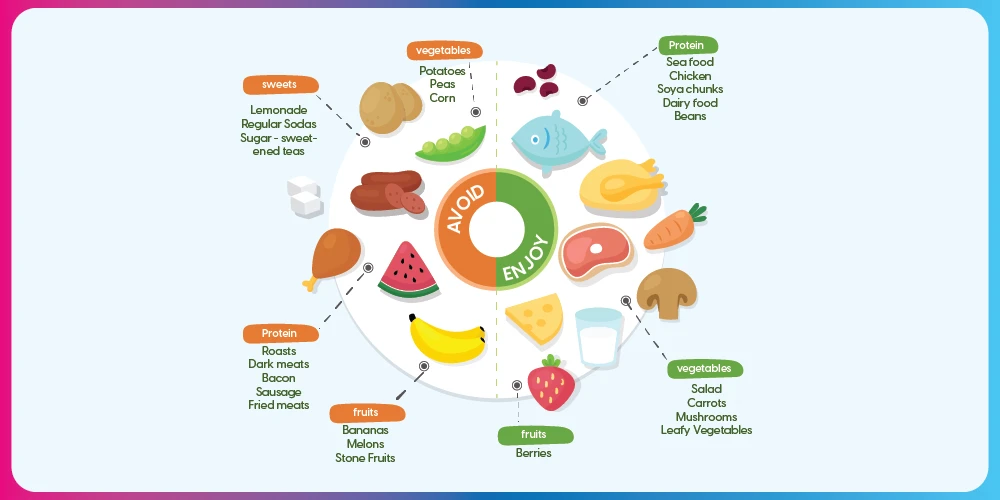
In the battle against diabetes, there’s a secret weapon hiding in plain sight: dietary fiber. Contrary to popular belief, it’s not just about cutting carbs or sugar. In this article, we’ll explore the role of dietary fiber in diabetes management and how it can be your ally in controlling blood sugar levels. What is Dietary Fiber? Dietary fiber refers to the indigestible part of plant foods that passes relatively unchanged through your digestive system. Unlike other carbohydrates, fiber doesn’t break down into sugar molecules, making it beneficial for blood sugar control. Dietary Fiber Foods Including fiber-rich foods in your diet is crucial for diabetes management. Some examples of foods high in dietary fiber include: How Much Dietary Fiber Per Day? The recommended daily intake of dietary fiber varies depending on factors like age, gender, and overall health. However, a general guideline is to aim for around 25-30 grams of fiber per day for adults. Dietary Fiber Supplement If you struggle to meet your daily fiber needs through diet alone, dietary fiber supplements can be a convenient option. These supplements come in various forms such as powders, capsules, or chewable tablets and can help boost your fiber intake. The Benefits for Diabetes Management Dietary fiber offers several benefits for individuals with diabetes, including: Conclusion When it comes to managing diabetes, dietary fiber is indeed a secret weapon worth incorporating into your arsenal. By focusing on fiber-rich foods and ensuring adequate intake, you can take significant steps towards better blood sugar control and overall health. So next time you’re planning your meals, remember the power of fiber in the fight against diabetes.
Understanding the Healthiest Beans for a Diabetic Diet
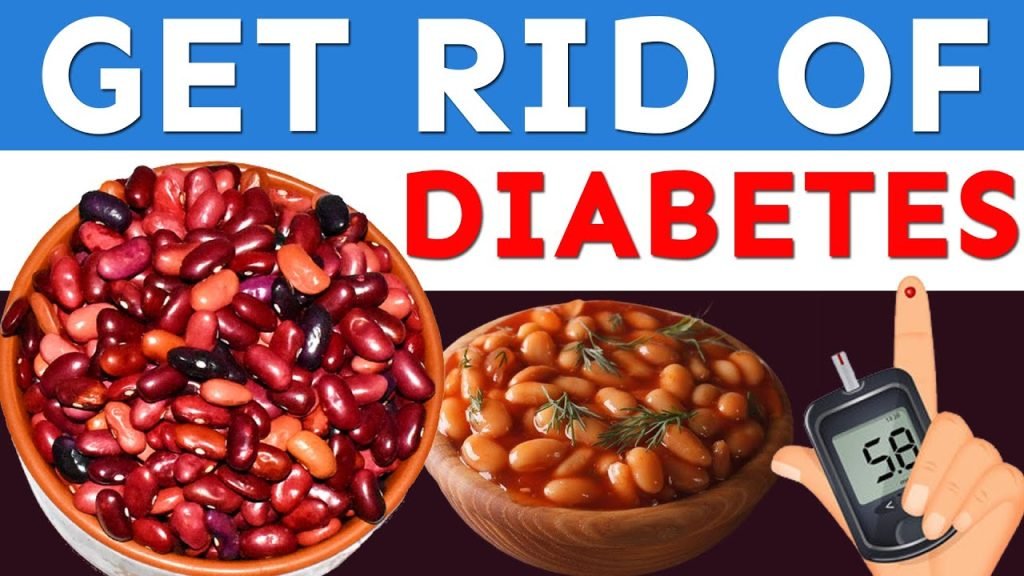
Beans are a versatile and nutritious food group that offers numerous health benefits, particularly for individuals managing diabetes. This article explores why beans are beneficial, the best types for diabetes, and how to incorporate them into your diet effectively. Why Are Beans Beneficial for Diabetics? Beans are rich in fiber, protein, and essential nutrients, all of which contribute to their health-promoting properties: 1. Fiber Content: Beans are one of the best sources of dietary fiber. Fiber slows down digestion and the absorption of carbohydrates, leading to a gradual rise in blood sugar levels after meals. This helps in managing blood glucose levels and reducing insulin spikes. 2. Low Glycemic Index (GI): The glycemic index measures how quickly foods raise blood sugar levels. Beans generally have a low GI, which means they cause a slower and lower rise in blood glucose compared to high-GI foods. 3. Rich in Protein: Protein helps stabilize blood sugar levels and promotes satiety, reducing the risk of overeating and subsequent blood sugar spikes. 4. Nutrient Density: Beans are packed with nutrients such as iron, magnesium, potassium, and B vitamins, all of which are important for overall health and diabetes management. Healthiest Beans for Diabetics 1. Black Beans: Black beans are high in fiber and protein, making them an excellent choice for stabilizing blood sugar levels. 2. Chickpeas (Garbanzo Beans): Chickpeas are versatile and can be used in salads, soups, or roasted as a crunchy snack. They are rich in fiber and protein, promoting satiety and stable blood glucose levels. 3. Lentils: Lentils cook quickly and are also high in fiber and protein. They come in various colors and can be used in a variety of dishes, including soups, stews, and salads. Incorporating Beans into Your Diet 1. Salads: Add beans to salads for an extra boost of fiber and protein. Combine with leafy greens, tomatoes, and a healthy dressing for a nutritious meal. 2. Soups and Stews: Beans are a hearty addition to soups and stews. Combine them with vegetables and lean proteins for a balanced meal that helps stabilize blood sugar levels. 3. Snacks: Roasted chickpeas or black bean dip with whole-grain crackers make excellent diabetic-friendly snacks. These options provide fiber, protein, and essential nutrients without causing significant blood sugar spikes. 4. Main Dishes: Beans can be the main ingredient in vegetarian dishes or combined with lean meats for added protein and fiber. Additional Tips 1. Portion Control: While beans are nutritious, portion control is essential. Monitor serving sizes to manage carbohydrate intake effectively. 2. Cooking Methods: Opt for cooking methods that retain nutrients, such as steaming, boiling, or roasting, instead of frying. 3. Consult Your Healthcare Provider: Always consult with a healthcare provider or registered dietitian to personalize your diabetes management plan, including the role of beans in your diet. Conclusion Incorporating beans into your diet can be a beneficial strategy for managing diabetes. Their high fiber, protein, and nutrient content contribute to improved blood sugar control and overall health. By choosing the healthiest beans and incorporating them into balanced meals and snacks, you can support your diabetes management goals effectively. For more insights on diabetes management and nutrition, stay informed with Insulin Review, your trusted resource for diabetes-related information and wellness tips.
Best Snacks for Diabetics: A Comprehensive Guide
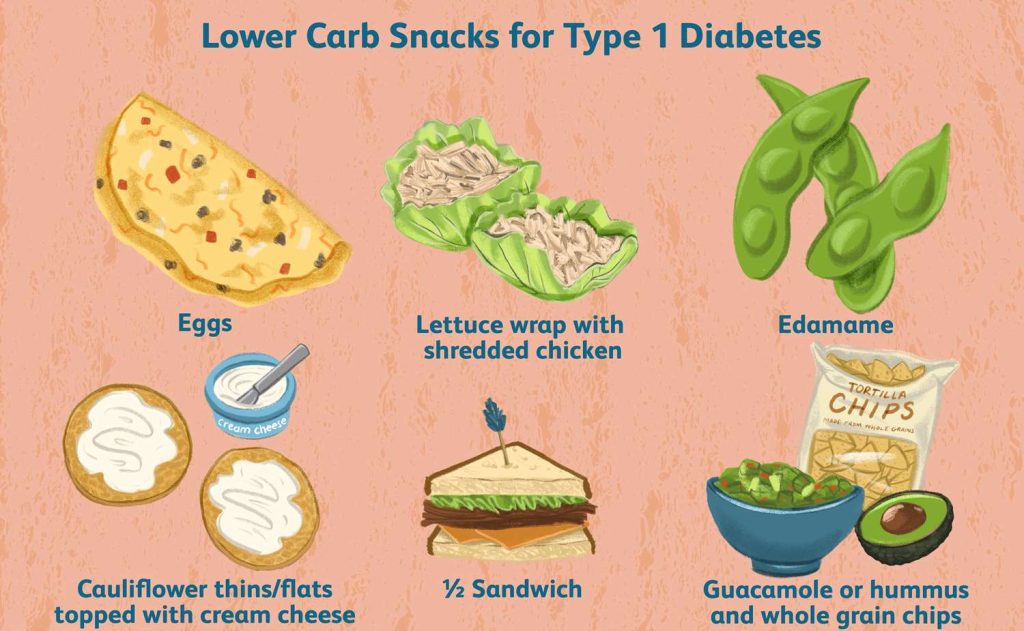
Snacking can be a challenge for diabetics due to the need to manage blood sugar levels. However, with the right choices, snacks can be both satisfying and healthful. This guide explores the best snacks for diabetics, ensuring you stay full and maintain stable blood sugar levels. Importance of Choosing Diabetic-Friendly Snacks Choosing the right snacks can prevent blood sugar spikes and crashes, which are crucial for maintaining energy levels and overall health. Top Diabetic Friendly Snacks March is National Nutrition Month®! This month highlights eating well and staying physically active. If you’re looking for some tasty options between your main meals for the day, consider these recommendations from the American Diabetes Association. – Popcorn– Frozen Bananas– Nuts and Seeds– Plain low-fat or fat-free yogurt– 1 Frozen Sugar-Free Popsicle– 10 Goldfish Crackers Nuts and Seeds Nuts and seeds are excellent options. They are rich in healthy fats, protein, and fiber, which help manage hunger and blood sugar. Yogurt The best yogurt for diabetics is low in sugar and high in protein. Greek yogurt, in particular, is a great choice. Fruits and Vegetables Fruits that start with E, like apples and berries, provide vitamins, fiber, and antioxidants. Vegetables, especially those rich in fiber, are also excellent snack choices. Whole Grains Is oatmeal good for diabetics? Yes, it’s a great snack option due to its high fiber content. The best cereal for diabetics is also a good choice, provided it’s low in added sugars and high in fiber. Incorporating Superfoods Superfood Complete Superfood complete options, including smoothies and bars, can provide a nutrient-dense snack that’s easy to prepare and consume. Beans The healthiest beans, such as chickpeas and lentils, can be made into snacks like hummus or roasted chickpeas. Supplements for Snacking Potassium Supplements The best potassium supplement can help maintain electrolyte balance, which is important for overall health. Vitamin Supplements Using the best vitamin brands ensures that you get essential nutrients, even if your snack choices are limited. Conclusion Choosing the best snacks for diabetics involves focusing on foods high in fiber, protein, and healthy fats. Nuts, yogurt, fruits, vegetables, whole grains, and superfoods all make excellent choices. With careful planning, snacks can be both enjoyable and beneficial for managing diabetes.
Understanding Trazodone and Wellbutrin Interactions: Uses and Alternatives
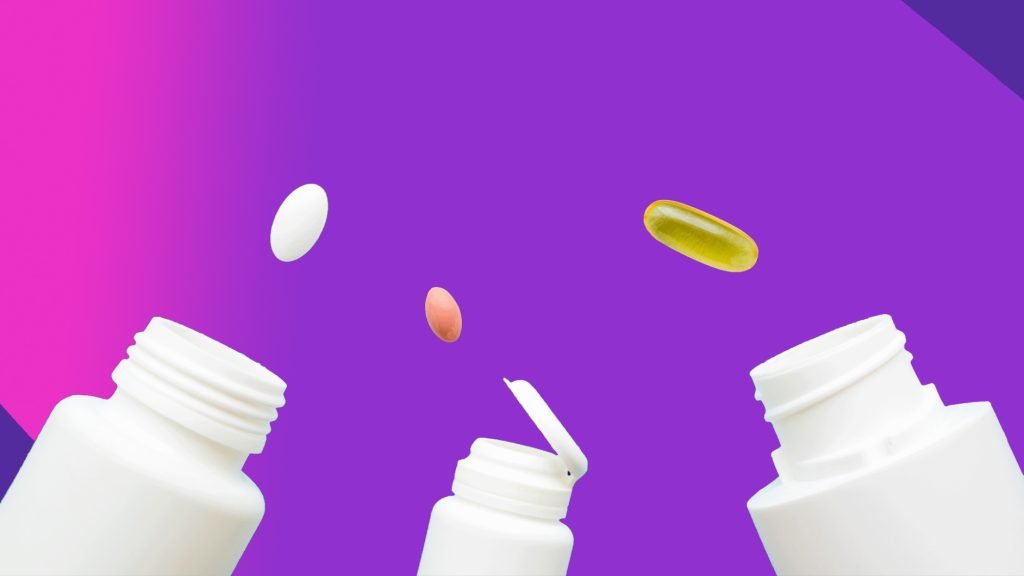
In our comprehensive blog post, “Trazodone and Wellbutrin Interactions,” we explore the experiences and insights of users regarding these medications, focusing on their uses and potential interactions. Depression was quite common in diabetic patients. Therefore, multiple drugs required to treat diabetes mellitus and depression. Our aim is to provide accessible information on Trazodone and Wellbutrin interactions, ensuring that readers, regardless of their familiarity with medical terminology, can understand the implications of combining these medications and explore alternative options. Trazodone and Wellbutrin are both commonly prescribed medications for different conditions. Trazodone is primarily used to treat depression, anxiety disorders, and insomnia, while Wellbutrin is often prescribed for depression and seasonal affective disorder. However, individuals may wonder about the safety and efficacy of taking these medications together. Can I Take Trazodone and Wellbutrin Together? One common question users may have is whether it’s safe to take Trazodone and Wellbutrin together. While both medications affect different neurotransmitters in the brain, there is a potential for interactions. It’s essential for individuals to consult their healthcare providers before combining these medications to assess the risks and benefits based on their specific medical history and condition. Can I Take Wellbutrin in the Morning and Trazodone at Night? The timing of medication intake is another consideration for users. While Wellbutrin is typically taken once or twice daily, Trazodone is often taken at bedtime due to its sedative effects. However, individual responses may vary, and healthcare providers can offer personalized recommendations based on factors such as tolerance and desired effects. Alternatives and Considerations For individuals concerned about potential interactions or seeking alternative options, discussing with healthcare providers is crucial. They can explore alternative medications or adjust dosages to minimize risks while effectively managing symptoms. Additionally, lifestyle modifications and therapy may complement medication regimens, providing holistic support for mental health and well-being. Conclusion In conclusion, while Trazodone and Wellbutrin are valuable medications for various conditions, it’s essential for users to be aware of potential interactions and consult healthcare providers for personalized guidance. By providing accessible information on Trazodone and Wellbutrin interactions, we aim to empower readers to make informed decisions about their healthcare journey and explore alternative options when necessary.
